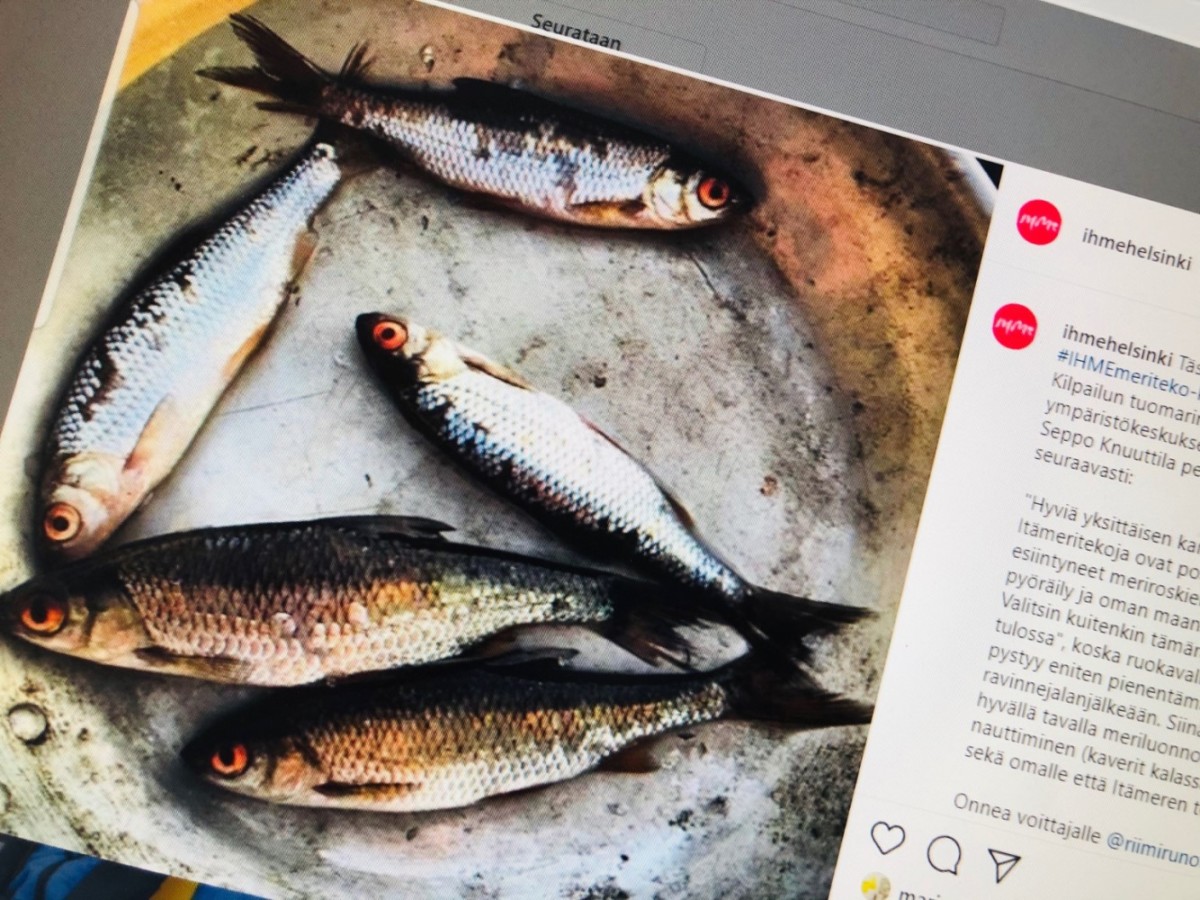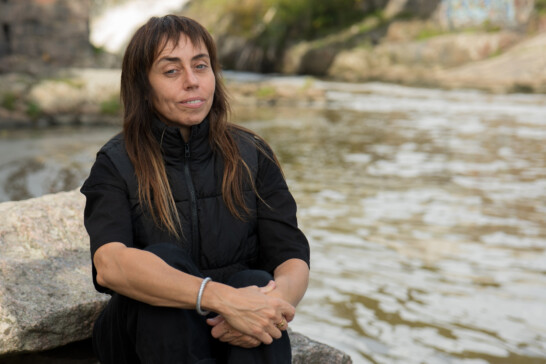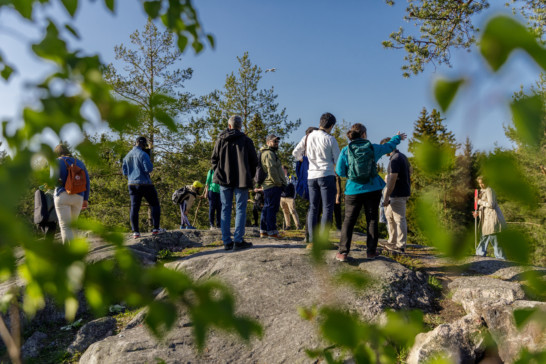News
The #IHMEmeriteko photo competition is back!

The #IHMEmeriteko sea-action photo competition held on Instagram last summer highlighted actions benefitting the Baltic Sea. The goal of the competition was to shed light on small and large everyday acts for the good of our local sea, and to inspire others to join in. The competition is now being held once again, inspired by the artist Jana Winderen’s IHME Helsinki Commission sound installation Listening Through the Dead Zones. This was postponed due to the COVID-19 pandemic, and will now be staged at Helsinki’s Rowing Stadium in August 2021.
Enter the photo competition by sharing your own sea action on Instagram with the hashtag #IHMEmeriteko by Monday, August 23. Researcher at the Finnish Environment Institute Seppo Knuuttila will choose the winner of a Baltic friendly dinner. The winner photo will be announced on Baltic Sea Day, August 26. Competition rules #IHMEmeriteko copetition rules 2021
Inspiration for sea actions
Seppo Knuuttila chose as the winner of the 2020 competition a picture on the theme of fish by user name riimiruno.
“The good acts on behalf of the Baltic Sea by an individual citizen appearing in the posts include: collecting marine litter; cycling; and also home-grown potatoes. Nevertheless, I chose “roach meal coming up”, because it is through our diet that we can most reduce our own nutrient footprint. The idea positively combines enjoying marine nature (pals fishing) with using it for both our own health and that of the Baltic Sea,” Knuuttila says of his choice.
Knuuttila has been involved in constructing the Baltic Sea footprint calculator, which is a handy way to estimate the impact of our own lifestyles on the Baltic Sea. Besides choices of diet and exercise, the state of the Baltic can be influenced by appropriate treatment of wastewater, chemicals and hazardous waste. Using renewable energy and opting for environmentally friendly products and services also contribute to the wellbeing of the sea. And this spring’s municipal elections are a good time to have an influence by voting.
Listening Through the Dead Zones
The materials for the Listening Through the Dead Zones sound installation made by the artist Jana Winderen in collaboration with Tony Myatt are underwater sounds. In it the audience can hear the sounds of various mammalian species, including humans and marine fish and crustaceans. Winderen has investigated how human activities affect the dead areas of the Baltic Sea and similar environments close to shorelines and lakes.
The dead zones mentioned in the title of the work are oxygenless areas that occur in the sea, where larger species, such as fish and sediment-dwelling worms and shellfish, cannot live. The nutrients and harmful substances that accumulate in the sea form a vicious circle in the water, probably the most familiar to many people being the summer blue-green algae blooms.
More about the Baltic Sea’s dead zones and the world’s other water systems in the expert interviews by Jana Winderen and IHME Executive Director, curator Paula Toppila. >>
Tips on environmental actions >>

